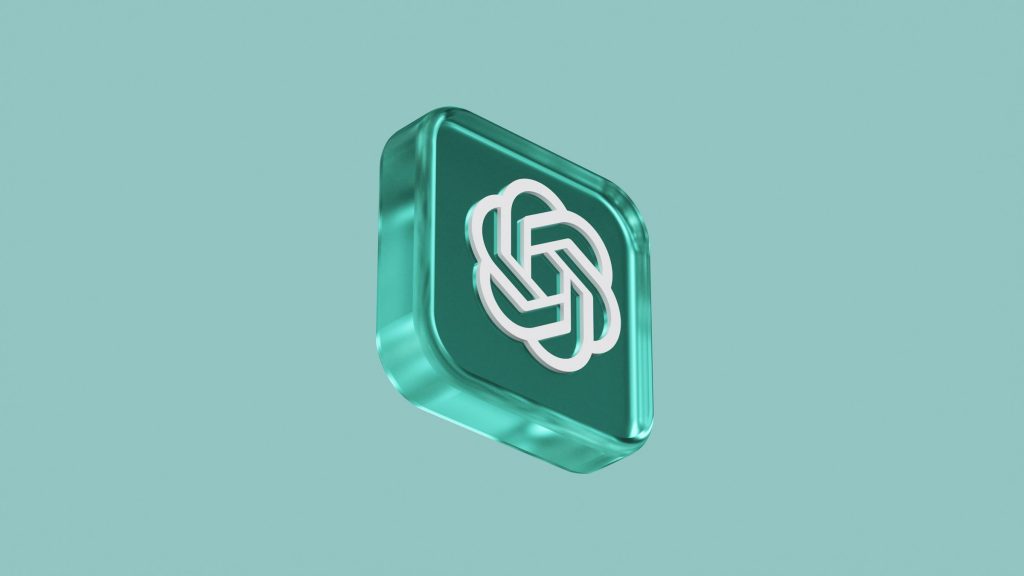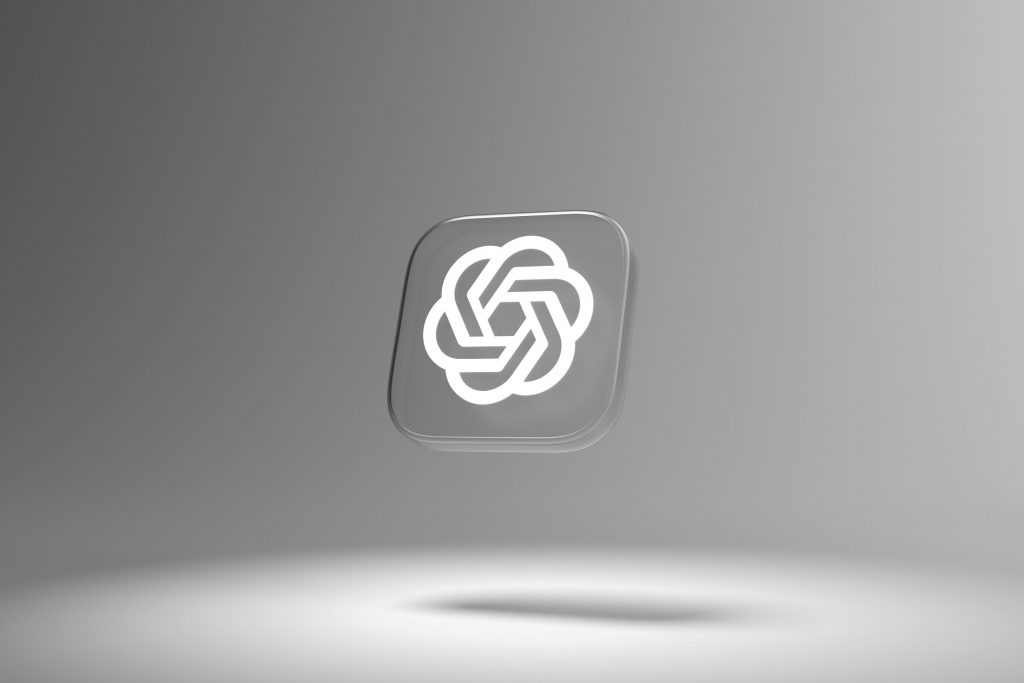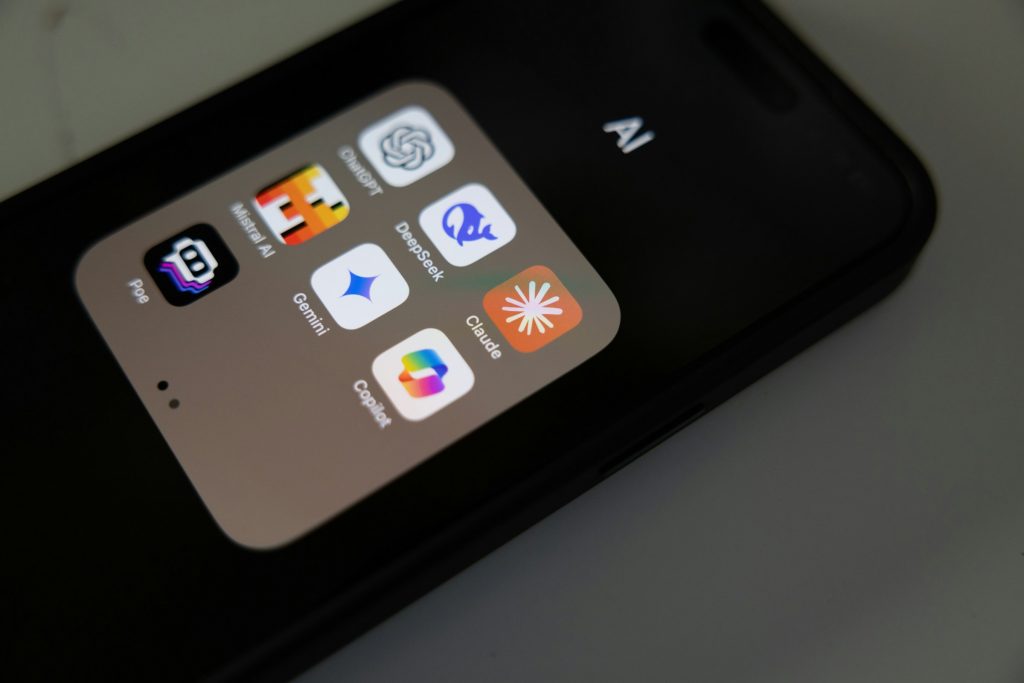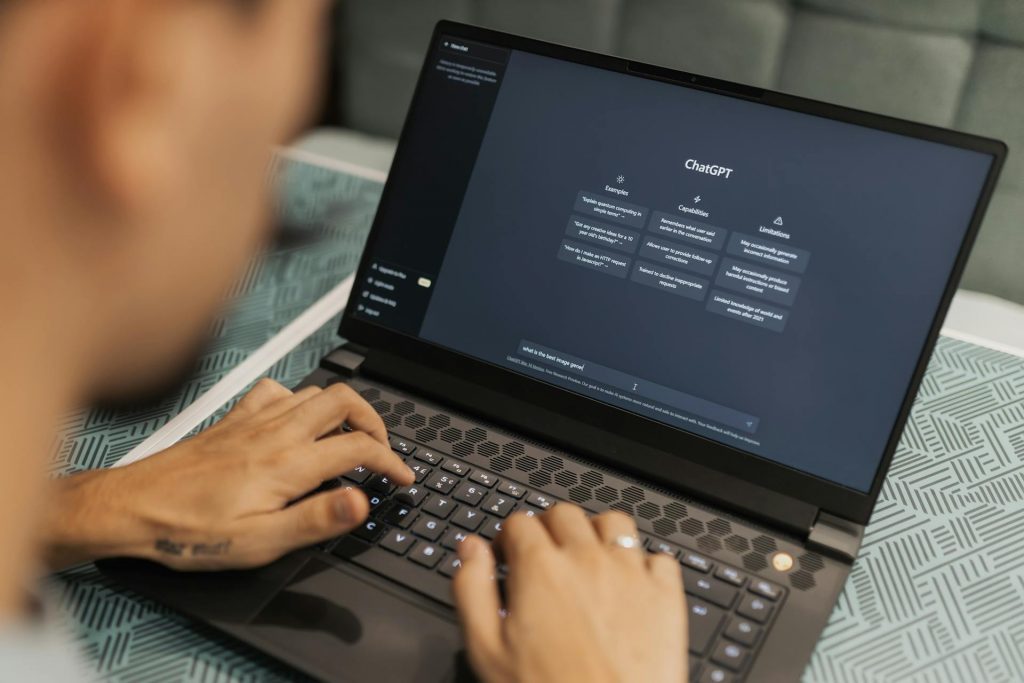打造卓越软件
让我们一起创造非凡。
Lasting Dynamics 提供无与伦比的软件质量。
路易斯-兰伯特
10 月 24, 2025 • 10 min read

The rapid evolution of artificial intelligence has brought two major language models to the forefront: Anthropic’s Claude and OpenAI’s GPT. As we move through 2025, the debate over Claude vs GPT has become a central discussion for businesses, developers, researchers, and educators alike. Organizations are no longer asking just which model is more powerful, they are asking which model is safer, more reliable, and better suited to specific tasks ranging from customer service automation to creative content generation.
The competition between these models extends beyond technical specifications. It touches on core aspects of human-AI interaction, including contextual understanding, reasoning capabilities, creativity, and alignment with ethical standards. With the release of advanced versions like Claude 3.5 and GPT-4o, each model brings new features, improved performance, and broader possibilities for integration into real-world applications. Understanding these nuances is critical for making informed decisions, whether you are building AI-powered products, conducting cutting-edge research, or exploring AI-assisted workflows in enterprises.
Moreover, the Claude vs GPT debate reflects broader trends in AI development, such as the growing emphasis on responsible AI, explainability, and adaptive learning. Companies that can leverage the strengths of these models effectively stand to gain a competitive advantage in efficiency, innovation, and customer engagement. By exploring their key differences, potential applications, and emerging trends, this guide provides a comprehensive roadmap for navigating the complex landscape of AI language models in 2025 and beyond.

ChatGPT and Claude drives the future of AI. Photo by Dima Solomin on Unsplash: https://unsplash.com/photos/a-white-square-with-a-knot-on-it-nM3243N4sSY
The journey of AI language models has been marked by rapid innovation and fierce competition. OpenAI’s GPT series, now at GPT-4.5 and GPT-4o, has set the standard for versatility, creativity, and integration across industries. These models have become household names, powering everything from chatbots to enterprise automation. GPT’s multimodal capabilities, processing text, images, and even voice, have made it a go-to solution for a wide range of applications.
Anthropic’s Claude, on the other hand, has carved out a reputation for safety, ethical alignment, and long-context understanding. The latest versions, such as Claude 3.5 and Claude 3.7, emphasize responsible AI, transparency, and the ability to process massive documents or extended conversations. Claude’s “Constitutional AI” approach ensures that outputs are aligned with human values, making it a leader in responsible AI development.
Both models have evolved to address the growing demands of businesses and users. While GPT continues to push the boundaries of creativity and integration, Claude focuses on trust, explainability, and compliance. This divergence in philosophy sets the stage for a nuanced comparison, where the best choice depends on your specific needs and priorities..
Claude and GPT each bring a unique set of features to the table, reflecting their underlying philosophies and technical strengths. Claude’s standout feature is its massive context window, up to 200,000 tokens, allowing it to process entire books, legal documents, or complex workflows without losing track of the conversation. This makes Claude ideal for research, compliance, and scenarios where long-term memory is critical.
GPT, particularly in its latest iterations like GPT-4o, excels in multimodal capabilities. It can process and generate text, images, and even voice, making it a versatile tool for creative projects, customer support, and business automation. GPT’s advanced reasoning and coding abilities have set new benchmarks in academic and professional tasks, while its integration with platforms like Microsoft 365 and Google Workspace streamlines workflow automation.
Both models offer robust API access, custom instructions, and support for multiple languages. However, Claude’s focus on safety and ethical guardrails makes it a preferred choice for regulated industries, while GPT’s speed, creativity, and broad ecosystem appeal to a wider range of users. Understanding these core features is essential for selecting the right AI for your organization.
When it comes to raw performance, both Claude and GPT have achieved remarkable results in industry benchmarks. On OpenAI’s SWE-bench Verified, a real-world GitHub bug-fixing test, GPT-5 solved about 76% of tasks, closely matched by Claude 4 with 72.7%. This parity demonstrates that both models are capable of handling complex coding and software development challenges.
In mathematical reasoning, advanced AI models demonstrate strong problem-solving capabilities on standardized math challenges like the AIME. GPT models, benefiting from dynamic reasoning modes, including options for “deep thinking” or integration with external tools such as Python, tend to achieve high performance, approaching scores around 80%. Claude models, with their extended context windows, excel at tasks that require sustained attention and step-by-step analysis.
Speed and throughput are also important considerations. GPT-4o is recognized for its rapid response times and high token output per second, making it suitable for real-time applications. Claude, while slightly slower, compensates with precision and detailed explanations, particularly in multi-file code refactoring and document analysis.
The choice between Claude and GPT often comes down to the specific use case. Claude’s long-context capabilities make it the model of choice for legal analysis, policy review, and research projects that require processing large volumes of information. Its safety-first design and transparent reasoning are highly valued in healthcare, education, and compliance-heavy industries.
GPT, with its multimodal abilities and creative flair, shines in content creation, marketing, and customer support. Its integration with business tools enables automation of repetitive tasks, report generation, and real-time data analysis. Developers favor GPT for rapid prototyping, code generation, and debugging, thanks to its advanced reasoning and broad language support.
In practice, many organizations use both models in tandem, leveraging Claude for in-depth analysis and GPT for creative or high-throughput tasks. This hybrid approach maximizes the strengths of each model, delivering superior results across a range of applications.
Despite their impressive capabilities, both Claude and GPT face notable pain points. One of the most common issues is the risk of hallucinations (considering the interactions with similar AIs like Grok), generating plausible-sounding but incorrect information. While both models have made strides in reducing these errors, they are not immune, and human oversight remains essential for critical tasks.
Claude’s cautious approach can sometimes lead to refusals or overly conservative responses, particularly in borderline cases. This can be frustrating for users seeking more creative or flexible outputs. Additionally, Claude’s public availability is more limited compared to GPT, which is widely accessible through free, Plus, and enterprise plans.
GPT, on the other hand, faces challenges with context window limitations (though this is improving), data privacy concerns on free and Plus plans, and the potential for inconsistent outputs due to its probabilistic nature. Cost can also be a factor, especially for high-volume enterprise use, where API usage may become expensive.

Claude vs GPT: Proof that diversity drives innovation. Photo by Solen Feyissa on Unsplash: https://unsplash.com/photos/a-close-up-of-a-cell-phone-on-a-table-zQvPAtGxQh0
让我们一起创造非凡。
Lasting Dynamics 提供无与伦比的软件质量。
Both Claude and GPT offer significant benefits, but the best choice depends on your priorities. Claude’s strengths lie in its safety, ethical alignment, and ability to handle long-form content. Its transparent reasoning and focus on minimizing harmful outputs make it ideal for organizations with strict compliance or ethical requirements. Claude’s lower hallucination rate and user-friendly prompting are additional advantages for research and customer support.
GPT’s benefits include versatility, speed, and a vast ecosystem of integrations and plugins. Its multimodal capabilities open up new possibilities for content creation, design, and automation. GPT’s state-of-the-art performance in reasoning, coding, and creative tasks makes it a top choice for businesses seeking innovation and efficiency. The extensive community support and continuous updates ensure that GPT remains at the cutting edge of AI development.
Ultimately, the decision should be guided by your specific use case, industry requirements, and desired balance between safety, creativity, and scalability.
A closer look at the technical features of Claude and GPT reveals important distinctions. Claude’s 200,000-token context window is unmatched, allowing it to process entire books or complex workflows without losing track. Its conversational memory and ethical guardrails make it suitable for multi-turn dialogues and sensitive applications. Claude’s “Artifacts” feature enables users to view structured outputs, such as code or documents, in a focused panel, aiding collaboration.
GPT-4o and GPT-5, meanwhile, support text, image, and voice input, making them highly versatile for multimodal applications. Their advanced reasoning and creativity are evident in tasks ranging from storytelling to code generation. GPT’s plugin and tool integration, including compatibility with platforms like Zapier and Microsoft 365, streamlines business automation and workflow management.
Both models offer robust API access, custom instructions, and support for multiple languages. However, Claude’s focus on safety and explainability sets it apart in regulated industries, while GPT’s speed and integration capabilities make it a favorite for high-throughput and creative tasks.
Pricing and accessibility are important considerations for businesses evaluating AI models. Claude offers a Pro plan at $17/month, with API pricing that is significantly more affordable for high-throughput applications, up to 25x lower input token costs and 10x lower output token costs compared to GPT-4.5. This cost efficiency makes Claude an attractive option for organizations with large-scale needs.
GPT-4o and GPT-5 are available through ChatGPT Plus ($20/month) and enterprise plans, with API pricing varying by context window and usage. While GPT may be more expensive at scale, its broader ecosystem, plugin support, and multimodal features can justify the investment for certain use cases.
Both models are integrated into a wide range of platforms and tools, but GPT’s extensive community and third-party support give it an edge in terms of versatility and ease of adoption. Claude’s focus on safety and compliance, however, makes it a preferred choice for regulated industries and organizations prioritizing ethical AI.
Both Claude and GPT face challenges that can impact user experience and business outcomes. Hallucinations and factual errors remain a concern, particularly in high-stakes applications. To mitigate these risks, organizations are adopting hybrid workflows that combine AI outputs with human oversight, ensuring quality and accuracy.
Brand voice consistency is another challenge, as both models tend to default to a neutral tone. Custom prompting, fine-tuning, and post-editing are essential for maintaining a consistent, on-brand voice. Testing and reliability can also be problematic, given the probabilistic nature of AI models. Implementing robust quality assurance processes and monitoring outputs over time can help address these issues.
Over-automation is a risk, as organizations may be tempted to rely too heavily on AI for tasks that require human judgment. The most effective strategies combine AI speed and scalability with human expertise, ensuring that methodological rigor and data quality are maintained.
The future of AI language models is defined by rapid innovation and increasing specialization. Next-generation models will move beyond surface-level fluency to exhibit deeper reasoning, problem-solving, and step-by-step logical analysis. Multimodal capabilities will expand, enabling seamless integration of text, images, audio, and video for richer user experiences.
Smaller, more efficient models will become the norm, allowing deployment on edge devices and customization for specific industries. Autonomous AI agents, built on top of LLMs, will handle complex workflows and decision-making, revolutionizing productivity and business operations. Synthetic data generation and self-improving models will accelerate development and reduce reliance on massive labeled datasets.
Responsible AI will take center stage, with advanced techniques for bias mitigation, explainability, and robust privacy frameworks. Sustainability and energy efficiency will also be prioritized, as the industry seeks to reduce the environmental impact of large-scale AI. The convergence of quantum computing and AI may unlock unprecedented capabilities, ushering in a new era of scientific discovery and business innovation.

Claude vs GPT: Two paths, one future of AI. Photo by Matheus Bertelli on Pexels: https://www.pexels.com/photo/man-using-laptop-wit-chat-gpt-16094040/
As AI language models become more powerful, the most effective strategies combine the strengths of multiple models and human expertise. Hybrid workflows, using Claude for detailed analysis and GPT for creative or high-throughput tasks, deliver superior results and mitigate the limitations of any single model.
Human oversight remains essential for quality assurance, brand voice consistency, and ethical decision-making. By integrating AI thoughtfully into business processes, organizations can achieve greater efficiency, innovation, and compliance without sacrificing quality or trust.
The future of AI is collaborative, with humans and machines working together to solve complex problems and drive progress across industries, leading into the digital transformation.
Organizations face tough questions when adopting AI: how to balance safety and speed, which tools fit their workflows, and how to ensure compliance. At Lasting Dynamics, we cut through the noise by evaluating the strengths of different AI models and matching them with business goals.
Whether the priority is transparency for compliance, efficiency for customer interactions, or a hybrid approach, we make sure AI adoption is both technically solid and strategically aligned. Discover the impact Lasting Dynamics has made across industries. Our Clients section showcases real-world success stories, highlighting how we help businesses innovate, scale, and thrive. See the results for yourself!
从创意到发布,我们根据您的业务需求量身打造可扩展的软件。
与我们合作,加速您的成长。
By guiding clients through these decisions, Lasting Dynamics ensures that AI solutions are not only technically sound but also aligned with organizational objectives, regulatory requirements, and user expectations.
The “Claude vs GPT” debate in 2025 is less about declaring a winner and more about understanding which model is right for your needs. Claude excels in safety, long-context processing, and ethical alignment, making it ideal for regulated industries and complex analysis. GPT leads in versatility, speed, and multimodal capabilities, powering creative, technical, and automation-heavy workflows.
The most successful organizations will leverage both models, combining their unique strengths to drive innovation and achieve business goals. As AI continues to evolve, staying informed and adaptable will be key to maintaining a competitive edge in the digital age
Ready to unlock the power of AI for your business? 👉 联系 Lasting Dynamics today for expert guidance on choosing and integrating the best AI language models: Claude, GPT, or both, tailored to your unique needs. Stay ahead of the curve and drive innovation with the right AI strategy!
Claude focuses on safety, ethical alignment, and long-context processing, while GPT excels in versatility, speed, and multimodal capabilities.
Both are strong, but Claude is preferred for multi-file refactoring and detailed explanations, while GPT is favored for rapid prototyping and integration .
As of 2025, Claude is primarily text-based, while GPT-4o supports text, image, and voice input.
Claude offers lower input and output token costs, making it more affordable for high-throughput applications.
Consider your priorities: choose Claude for safety and long-context needs, and GPT for versatility, speed, and creative tasks. Many organizations use both in hybrid workflows.
Expect deeper reasoning, expanded multimodal capabilities, smaller and more efficient models, and a stronger focus on responsible, sustainable AI.
我们设计并打造脱颖而出的高品质数字产品。
每一步都可靠、高效、创新。
将大胆的想法转化为强大的应用。
让我们一起创造出具有影响力的软件。
路易斯-兰伯特
我是一名多媒体设计师、文案和营销专家。我正在积极寻求新的挑战,以挑战自己的技能,实现职业成长。